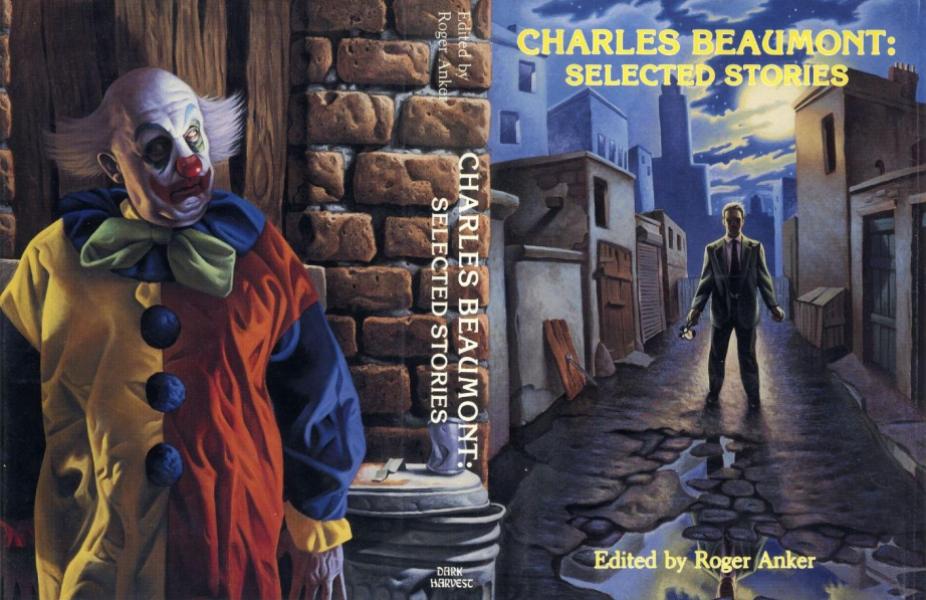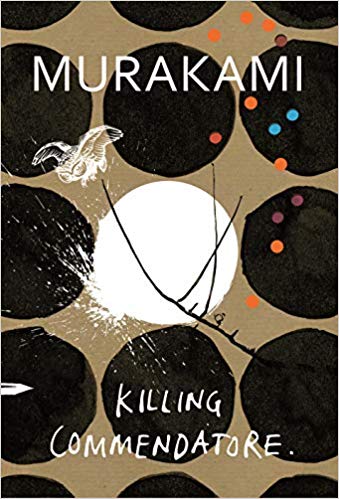I may never set foot on the Appalachian Trail, but this 2,000 plus mile trail across the Eastern states has fascinated me since I heard about it a few years ago. Like millions of Americans I had no idea this trail or others like the PCT or CDT even existed; I knew of Appalachia, but thought this was only part of West Virginia, not that it rain from Georgia to Maine. The closest I’ve been to the AT is when I visited Harper’s Ferry in 1998. I didn’t know about the AT back then, and I have no idea where the trail went, or even if I touched part of it as I hiked along the river just outside the town.
After I herd about the AT, I knew the trail existed, somewhere. The exact location was one I never looked into, as it’s so far away from Texas. Even two and three years ago, while in Georgia for a company retreat, I didn’t know that an hour drive from where we were staying, was the southernmost end of the Appalachian Trail: Springer Mountain. The approach to Springer Mountain, from Amicalola Falls, might even be a day trip, even in February, if the weather cooperated.
When I read some hiker blogs in 2019 and learned how close I had been to Springer Mountain, I wondered if I’d ever get a chance to return to that area. Having started hiking and backpacking again in 2018, a new world was opening up to me, one where I slowly started to realize how far away Texas is from legendary hiking paths. By car, Springer Mountain is around 1,066 miles, and Mount Katahdin over 2,000 miles, nearly the same length as the entire AT. Even planning any section hike would require coordination with airline flights, shuttle services, and locating outfitters where I could buy at the very least gas canisters for a backpacking stove. Not to mention the cost. Both time and money are hard currencies required to get the trail.
Instead of planning any trips, I’ve started accumulating a small and random library of books about the AT. There’s the humorous entry of Bill Bryson’s A Walk in the Woods. Mostly funny, there are occasional illuminating moments. Bryson only hiked a third of the AT, but then the vast majority of thru-hikers tend to drop out anyway. For inspiration, Jennifer Pharr Davis’ Becoming Odyssa is invaluable. Here’s a young woman, just out of college, setting out across a vast stretch of America all on her own. For harsh reality, David Miller’s Awol on the Appalachian Trail reads like a depressing catalog of woes and pains, yet despite all his troubles, his still made it all the way. His book reads more like a warning than an inspiration. Miller also stayed mostly in shelters, huts, hostels, and motels, and I’d be tempted to tent, at least until the first experience of having to set up the tent in a rainstorm.
It’s a wonder to read about the blisters, lost toenails, sprained ankles, dehydration, nasty people, snakes on the trail, the threats of bear and moose encounters, the chances of tumbling down rocks and mountainsides, the heat, the cold, the bugs, the chance of drowning when fording rivers, the possibility of violence, the chance of getting lost, and more. And yet, ever year more and more people attempt to thru-hike or section hike this trail. On the flip side, the hikers who wear rose-colored glasses talk about trail-magic, friendly drivers, and how the trail becomes a part of you (inevitable, I suppose, if you spend half a year on it).
Would I hike it if I could? You bet. But I’m not the kind of person who throws himself into things without planning. I think it would take me at least two years to accumulate hiking knowledge before I’d make any such attempt. And I’d likely not attempt a thru-hike. For one, I cannot envision spending five to six months on the trail. At most, I’d split the hike into two, starting from the south each time. Even better might be to take four years, carving the trail into manageable sections.
Having read these books as well as a few online hiker diaries, I have nothing but the utmost respect for the people who attempt the AT. I’ll continue to read about the trail, but now look more for tips and ideas, not stories about daily miles and struggles. If I ever get a chance to visit Atlanta again, maybe I’ll bring a daypack and try to walk from Amicalola Falls to Springer Mountain. I suspect that if I ever set foot on the AT, I’ll want to keep walking.


